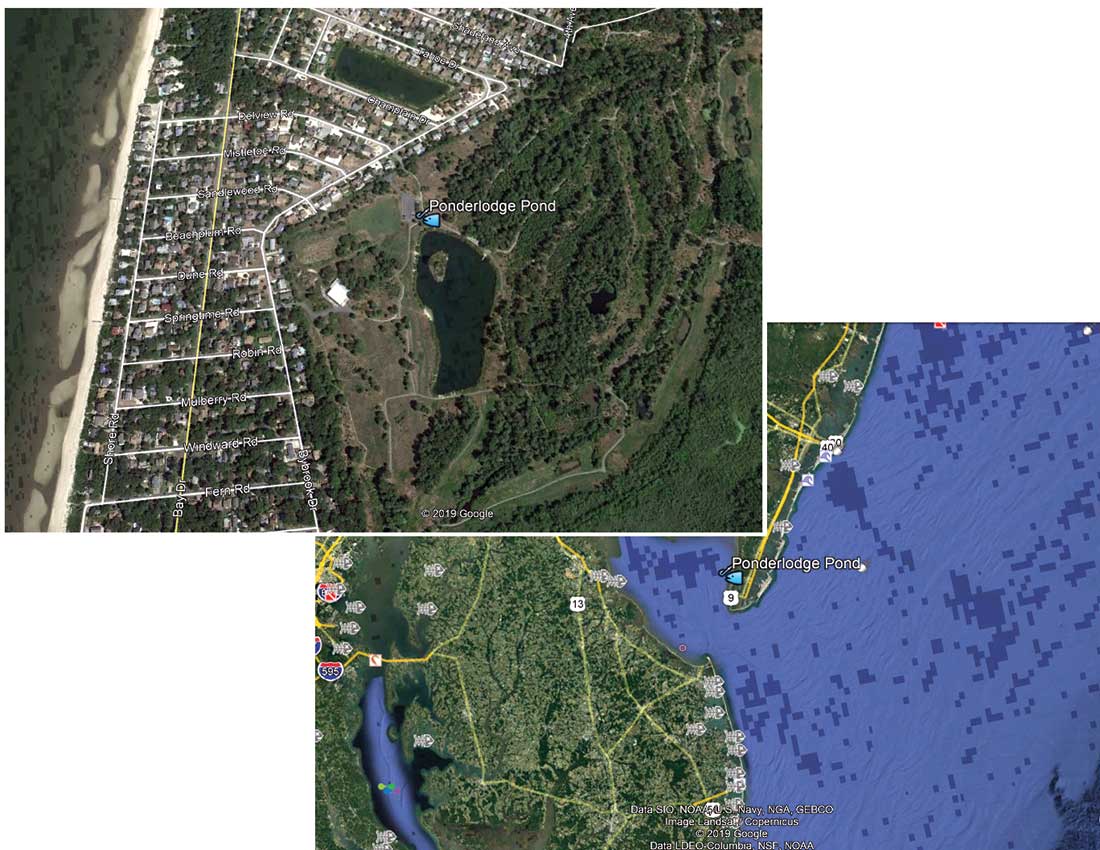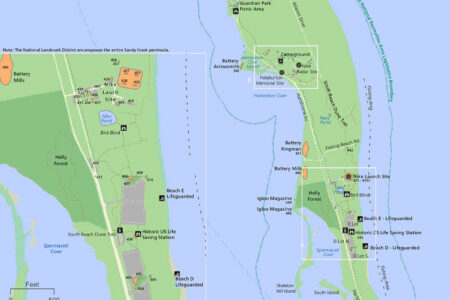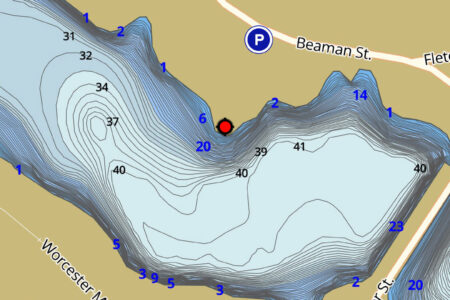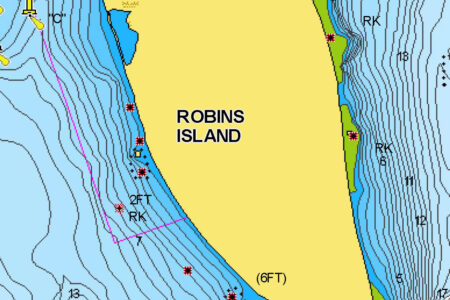The cliché “Good things come in small packages” is never more apropos than describing the angling opportunities available at Ponderlodge Pond located in the Villas in Lower Township, Cape May County. This 8-acre spring-fed gem, tucked within easy breathing distance of the salty breezes of Delaware Bay on the peninsula’s western shore, is but 5 or so miles from the geographical bottom of the Garden State. Still, it offers exemplary freshwater rod bending in a dominant saltwater fishing environment.
Ensconced within the 315-acre Cox Hall Wildlife Management Area, what was formerly known as Flynn’s Pond was part of a 253-acre privately owned golf course. The New Jersey Division of Fish & Wildlife, via the Green Acres Program, assumed ownership of the property in 2006 and set in motion aggressive habitat improvements. Additional acreage was procured bringing the property to its current size. Eventual enhancements included the construction of a parking lot within a short walk of the lake’s shoreline, and the installation of a railed floating dock. While there is a rudimentary (read: sand and gravel) “ramp” available for the launching of kayaks, canoes and cartoppers, there are no plans as of yet for a full service ramp. Power is restricted to electric only.

No float, no problem, as there is generous shoreline access that is punctuated by patches of brush that extend a few feet from the brushy banks. A pair of knee highs or hippers will easily get one around these interruptions, but don’t venture too far as the bottom drops quickly.
Being spring fed, Ponder’s precincts are close to gin clear, unlike other stillwaters of the county. It has an approximate maximum depth of 14 feet with a mean reach of 7 to 8 feet. Bottom structure consists of lumps and bumps and patches of sunken brush. Submerged vegetation is primarily the generic “pond grass.”
The pond’s gamefish include largemouth bass, channel catfish and stocked trout. Bluegills and crappies comprise the panfish roster. The forage base is primarily bluegills, this eatery no doubt augmented by the emptying of bait buckets that contained minnows (killies).
The venue’s diverse fishery gets underway by the second week in February. Rainbow trout jump start the late winter/early spring season thanks to the late November stocking from the previous year. In 2019, 170 rainbows from 14.5 to 16 inches were released on November 26. While there is a modicum of pressure the first week or two, the majority of these fish isn’t caught and provide prime shots, especially if there are a couple of days of bright sunshine and moderate temperatures that serve to bring them up close into shallower depths.
Hands down it’s a PowerBait and/or Gulp Trout Dough game when it comes to putting rainbows on the stringer. Gulp Eggs are also inhaled. Garlic or Shrimp salmon eggs under a bobber are effective, as are spinners, spoons and downsized minnow-type crankbaits. The daily limit is four until the April opener. Largemouths will be stacked and staged over the deeper drop-offs. They’re suckers for square lip cranks and Rat-L-Traps. While keeping it to bluegill-colored patterns, red seems to be killer color when it comes to latter. However, don’t discount vertical jigging. We observed a ‘yakker having a field day out from the “gazebo island.” Later, as he was pulling out, he showed us one rod armed with a silver Hopkins-style spoon, a second with a gold version one size larger.
Ponder’s largemouths get hefty. While our best was a solid 3 pounds that waxed a square-billed Bomber, we’ve seen bigger ones caught and released. Electro-fishing by the Bureau of Freshwater Fisheries had turned up largemouth to 6-1/2 pounds. Not to be overlooked are the palm-size bluegills and pie-plate crappies, both of which can provide slow-but-steady ultra-light action mid-February into March. Schoolers they be, find one and chances are you’re on a bunch. Small grub tails (chartreuse glitter, yellow, pearl) such as a Mr. Twister or a 2-inch paddletail (white, yellow) like the Sassy Shad, on a 1/16- or 1/8-ounce white jighead are the winning tickets.
The zig-then-zag track off Route 47 West (Garden State Parkway Exit 4) does not make Ponderlodge Pond the easiest swim to get to, but it’s certainly worth the visit as daylight lengthens with the promise of spring. More information can be found at www.njfishandwildlife.com; hit the trout fishing link then the fishing access by county link.





